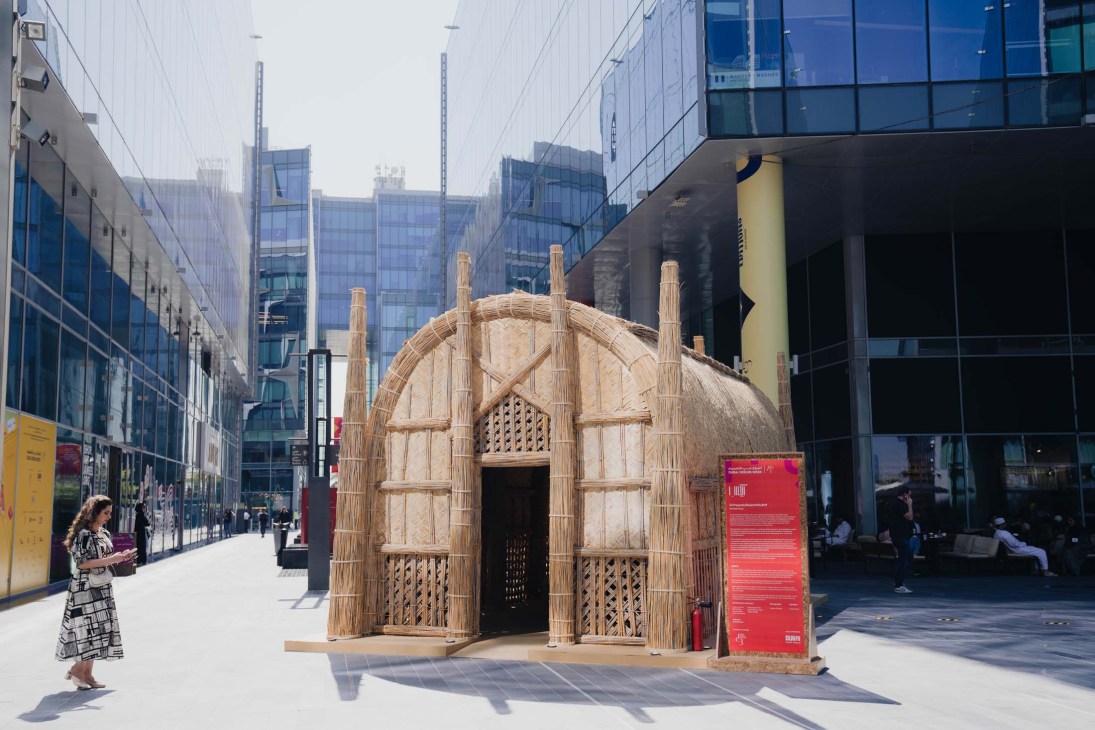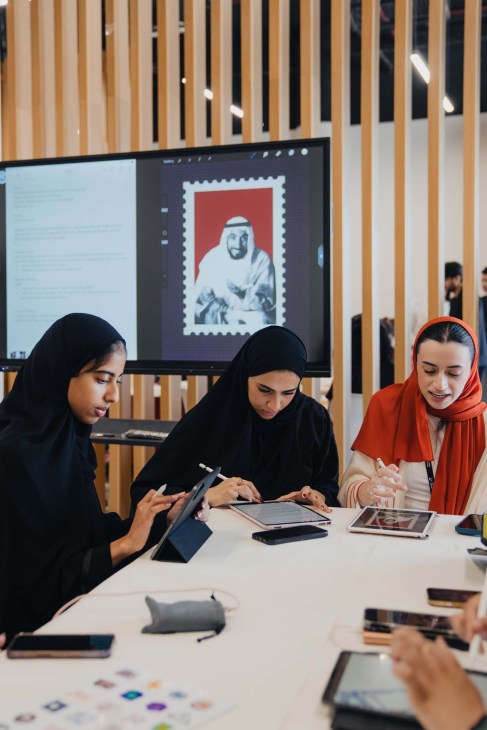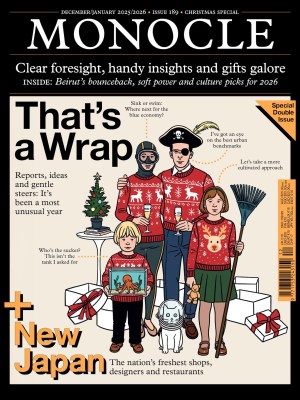Dubai Design Week is providing a creative launchpad for the wider Gulf region
The UAE design showcase transforming the region’s cultural outlook.
Architects working in rapidly developing regions such as the Gulf often adopt the dominant design language of the time. In Dubai, the result has been that much of its newer architecture has a Western feel (landing at DXB, you’re immediately confronted with ads for Italianate developments overlooking the Creek).
“In the Gulf there was a period of rapid development that leaned on imported systems and aesthetics,” says Natasha Carella, director of Dubai Design Week, whose next iteration runs from 4 to 9 November. “But vernacular approaches such as wind towers, coral stone, palm fronds and earth-based construction never entirely disappeared. It’s now less a revival, more a rebalancing – and that’s a shift we’re committed to helping accelerate.”


Launched in 2015, Dubai Design Week has grown into one of the region’s most important events, showing work by more than 500 creatives – much of which is rooted in and inspired by local geographies. For example, Iraq-based architect Ola Saad Znad has created a bespoke pavilion for the most recent iteration. “A Present/Absent Mudhif” is inspired by houses found in the marshlands of southern Iraq and made from reeds using traditional techniques.


Also on show, in 2024, was the Stoot Pavilion, designed by UAE-based studio MULA (in collaboration with Swiss building supplier Oxara) and constructed from a cement-free, low-carbon binder made from waste material. “Both projects are rooted in specific geographies,” says Carella. “But they also speak to global issues around sustainability, housing and the politics of materials. That’s precisely why platforms like Dubai Design Week exist: to amplify the breadth of design intelligence coming from these geographies and to challenge what is typically considered innovative or contemporary in design.”
As average temperatures across the globe continue to rise, expect Dubai Design Week to grow in relevance as more people look to the Gulf for inspiration.


